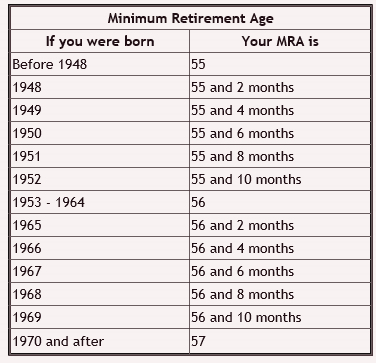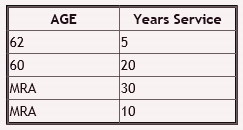Posted on Sunday, 1st September 2019 by Dennis Damp
 Print This Post
Print This Post
Updated 6/16/2025
I often receive questions from retirees desiring to return to work and from agency HR departments interested in hiring former federal employees. Agency recruiters are trying everything they can to fill critical positions. With an unemployment rate of 4.3%, the country is close to full employment. Even with today’s downsizing initiatives, critical positions must be filled, and the most qualified are often those who have voluntarily stopped working, including retirees.
Returning to Work
Returning to work can supplement your Annuity, Social Security, and TSP payouts. Federal retirees can return to work in the private sector without any impact on their federal annuity. You will continue to receive your full annuity and all benefits if you decide to work in the private sector after retiring from federal service. This includes working for contractors that provide services to the federal sector.
If you return to work with a federal agency, your pay will be reduced by the amount of your annuity in most cases. There are exceptions to this for certain critical positions. The rules for rehired annuitants are outlined below for CSRS and FERS retirees.
There are instances where your annuity will be stopped under certain conditions, and you will be covered as a regular employee. The rules are complex and if you are considering returning to federal employment review the guidance for CSRS and FERS listed below:
Discuss any concerns you may have with the hiring HR department before accepting an offer. They can obtain clarifications from OPM if needed.
Personal Services Contracts
Agencies can also hire retired federal workers under Personal Service Contracts that will not impact your annuity. These contracts are designed for completing specific tasks for a predetermined compensation rate within a set time limit.
FEHB Premium Conversion Issue
Retirees don’t get the same FEHB premium tax break that active federal employees have. Federal employee’s contributions to the Thrift Savings Plan (TSP) and their FEHB premiums are excluded from gross pay before Federal Income taxes are applied.
If you are reemployed in Federal service in a position that conveys FEHB eligibility, you may have the opportunity to participate in premium conversion. If you participate in premium conversion, your enrollment can be transferred from your Retirement System to your employing agency. Your FEHB premiums will be deducted from your pay on a pre-tax basis as an employee not from your annuity. When you separate from reemployment, your retirement system will transfer in your enrollment. You wouldn’t suspend FEHB coverage you would transfer coverage to your new employer. Review the following reference for additional guidance.
CSRS / FERS Hanbook Chapter 100 (page 51- 53 and 55 – 57)
You can only suspend FEHB coverage under certain condition. If you suspend your FEHB enrollment because you are now covered by a Medicare Advantage plan, TRICARE, CHAMPVA, Medicaid or similar State-sponsored medical assistance program, or Peace Corps Volunteer coverage, you can restart your FEHB in the future. These are the only exceptions that allow retirees to suspend FEHB coverage. The following links provide additional information on the FEHB suspension process:
- Canceling Coverage in Retirement (Suspending Coverage)
- Reinstatement of Suspended FEHB
- Caution – Don’t Lose Your FEHB Coverage
If you are interested in going back to work for Uncle Sam contact agency HR departments in your area to determine if there are any openings in your specialty. You can return to work at any agency, not just the one you retired from as long as you have the required qualifications for the position applied for. There are other advantages to going back to work, especially for those who wish to start a small business. Use our Jobs Board to explore all opportunities in your area.
Helpful Retirement Planning Tools

- Financial Planning Guide for Federal Employees and Annuitants
- TSP Guide
- Budget Work Sheet
- Retirement Planning for Federal Employees & Annuitants
- The Ultimate Retirement Planning Guide – Start Now
- Deciding When To Retire – A 7-Step Guide
- 2025 Federal Employee’s Leave Chart
- Medicare Guide
- Social Security Guide

Over time, various dynamic economic factors relied upon as a basis for this article may change. This service is not affiliated with OPM or any federal entity. You should consult a financial, medical, or human resource professional where appropriate. Neither the publisher nor the author shall be liable for any loss or other commercial damages, including but not limited to special, incidental, consequential, or other damages.
Tags: CSRS, FERS, Rehired Annuitants, Returning to Work
Posted in ANNUITIES / ELIGIBILITY, BENEFITS / INSURANCE, EMPLOYMENT OPTIONS, FINANCE / TIP, LIFESTYLE / TRAVEL, RETIREMENT CONCERNS, SOCIAL SECURITY / MEDICARE, SURVIVOR INFORMATION
Comments (0)|  Print This Post
Print This Post












